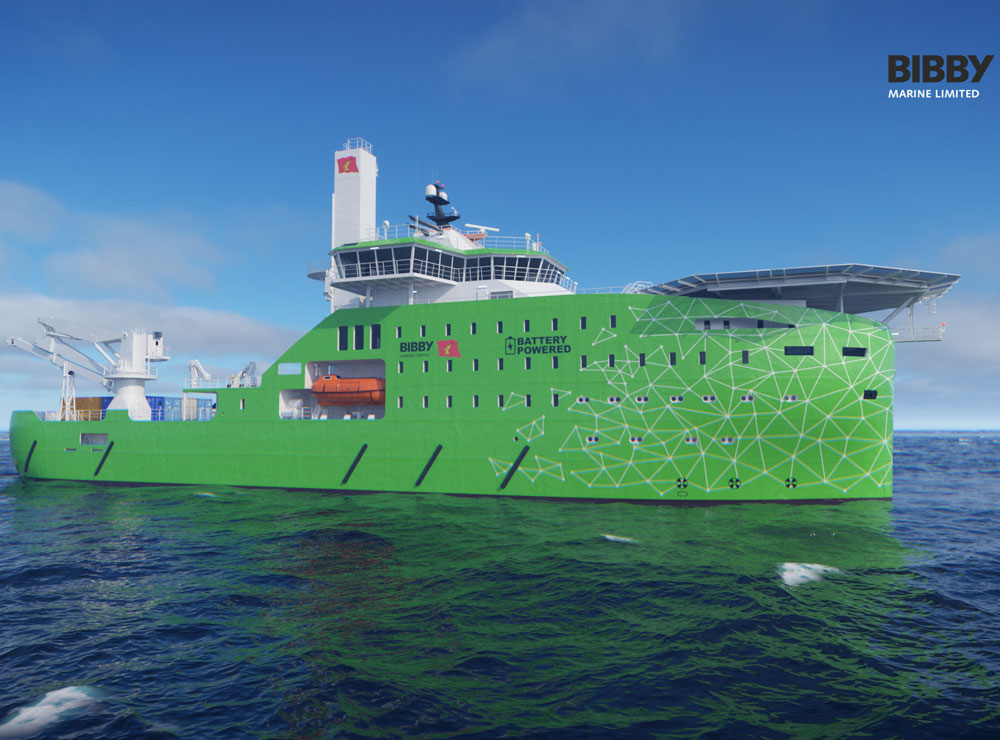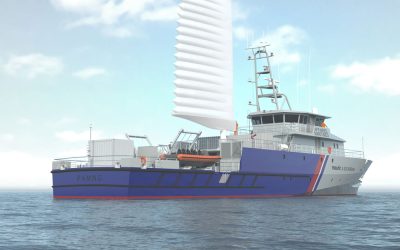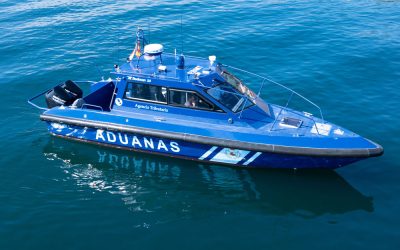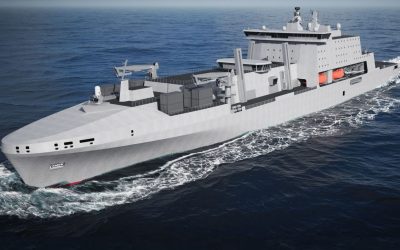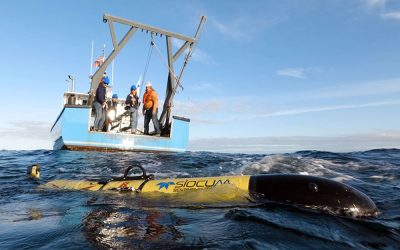Offshore wind turbines and battery-powered support vessels seem a perfect match, promising reduced fossil fuel use and a holistic solution for the wind power industry’s success. However, can batteries – whether in a hybrid diesel-electric set-up or installed as a standalone solution – provide enough power for an 80m+ service operation vessel (SOV) to compete with similarly sized, diesel-powered units?
That’s the challenge accepted by offshore services provider Bibby Marine, inspiring the development of its 89.6m electric commissioning SOV (eCSOV) concept. Incorporating dual-fuel engines and possibly the largest battery pack in this sector, the vessel is poised to overturn quite a few assumptions about what batteries can and cannot do in the field. With the ability to operate emissions-free for more than 24 hours in DP mode, and to recharge directly at windfarms in less than five hours, the eCSOV’s goal is to slash CO2 emissions while still effectively competing with traditional, conventionally fuelled SOVs.
Having completed the concept design in partnership with UK-based naval architects Longitude Engineering, Bibby Marine progressed to basic design and model testing with Spanish ship designer Seaplace. The keel for the eCSOV was laid by Spanish shipbuilder Astilleros Armon in July 2025, with delivery scheduled for mid-2027.
Gavin Forward, head of newbuild projects at BibbyMarine, tells The Naval Architect: “The eCSOV has been designed with maximum operational flexibility, capable of running on diesel, green methanol or battery power — and seamlessly switching between them without any loss of efficiency or operability. While electrification may not suit all maritime applications, it aligns exceptionally well with the operational profile of CSOVs, particularly in terms of predictable, daily power demand in-field.”
The vessel’s flexibility in fuel choice is crucial for now, given current gaps in shore-based charging infrastructure. “Once shore and offshore charging become standard, we could put the whole operational envelope under battery power,” says Forward. “Globally, most wind farms are located within 40nm of port and we have a range of over 130nm on battery power. We would never have to use any fuel – but, in reality, we just don’t have that shore power availability in the UK right now. So, the idea is to sail to the windfarm on traditional fuel or green methanol; then operate in-field on electric power, before sailing back to port on fuel; and then conducting all port operations on batteries with zero emissions.”
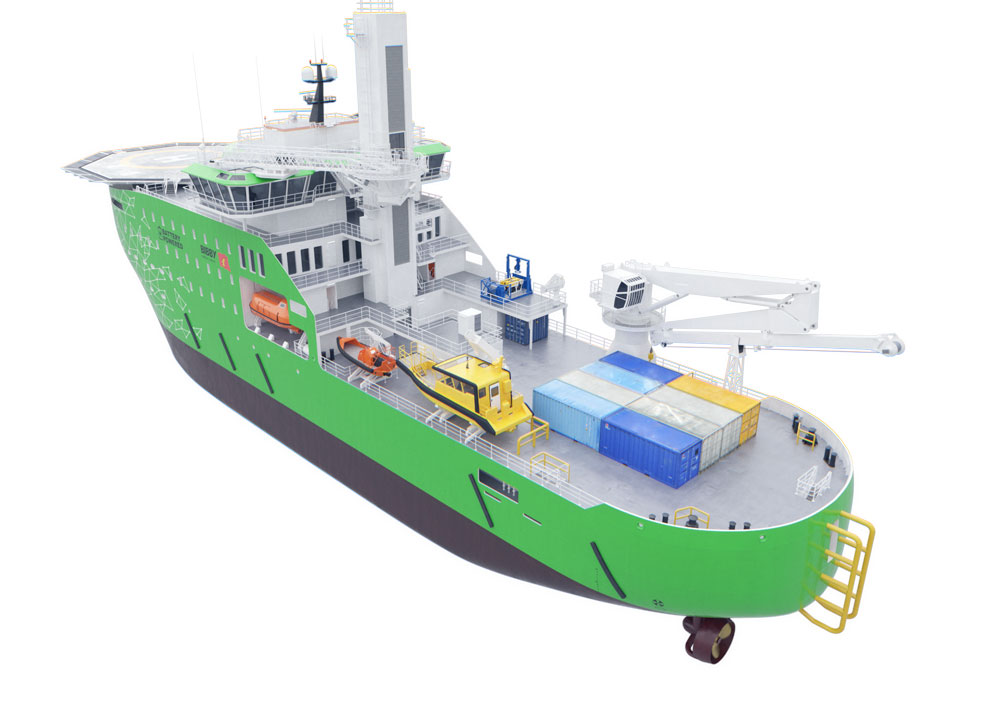
Astilleros Armon will deliver the eCSOV in 2027
Key to the success of electrification of offshore wind operations is the ability to charge the vessel directly in-field. Several suppliers are working on solutions, with some prototypes and smaller CTV charging systems having been deployed by the likes of Stillstrom, MJR Power & Automation, Oasis and Seaonics, to name but a few.
Typically, the offshore charging system would be mounted on a turbine, a monopile, a substation or an on-site buoy. Forward reveals: “We’ve been trialling all solutions and approaches, so that we’re prepared for whatever becomes the industry standard. We think installing the charging system on the monopile is going to be the best technical option, but it depends on how developers want to set up their fields.” The eCSOV will remain in DP mode for charging, maintaining positioning on battery power and obtaining a full state of charge in less than five hours, with a once-per-day charging cycle.
The eCSOV is designed to primarily operate on battery power, with the engines only being used to charge the battery pack where offshore charging is not available, or during longer transits. The dual-fuel engines run at a fixed, optimised load and speed, and recharge the batteries when required, rather than directly powering the vessel or using the batteries to supplement engine power, which is a more typical approach in hybrid set-ups. Bibby Marine has calculated that the eCSOV’s 24.4MWh lithium iron phosphate battery pack can run for more than 24hours between charges in calm conditions; for more than 20 hours in a medium sea state; and for more than 15 hours in rough conditions.
For the full, in-depth story and technical particulars, check out the August 2025 issue of The Naval Architect
